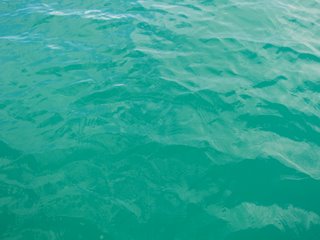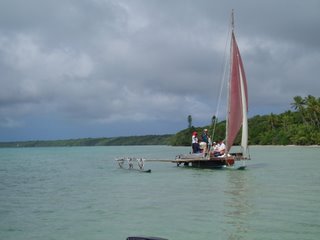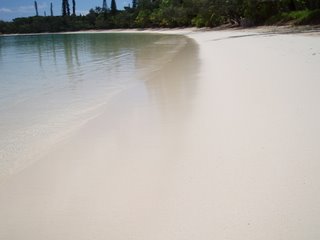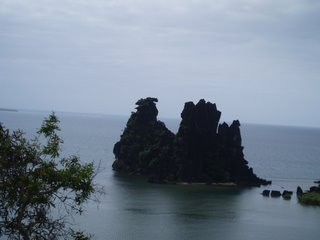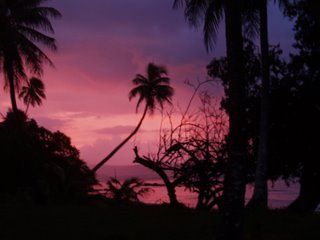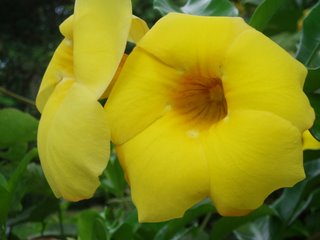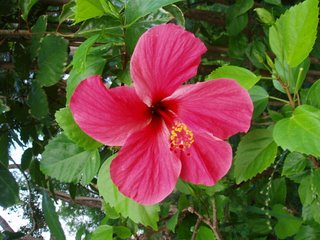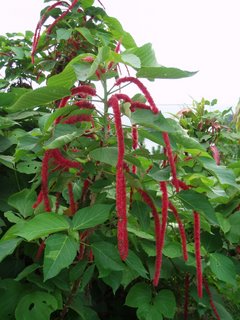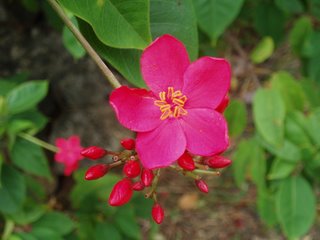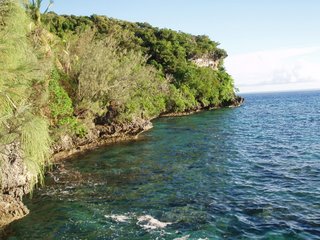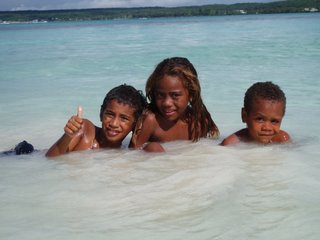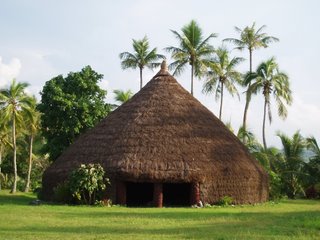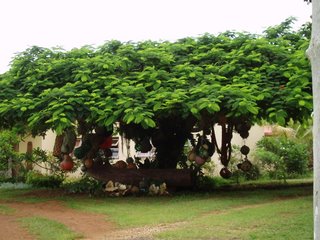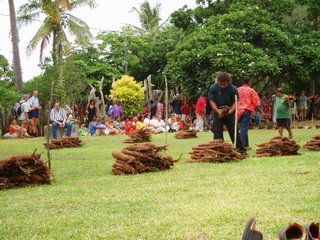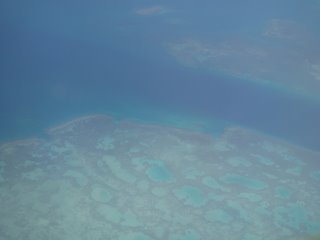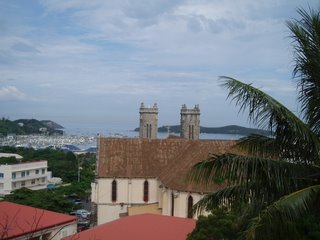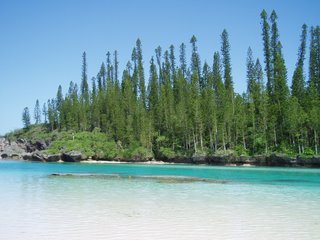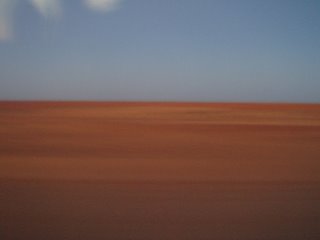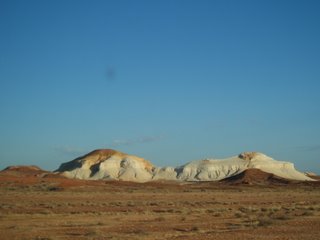L'Art d'un Nez...
...or the "Art of a Nose," because part of my stay in New Caledonia was spent pondering about perfumery as an Art and learning some very basic techniques of perfume-making during my encounters with Sandrine Videault, a perfumer trained by one of the most legendary composers of perfumes, Edmond Roudnitska. Spending time with Sandrine was such an amazing opportunity to learn about an art, which dazzles the crowds but is still misunderstood by many. I had always imagined perfumers as chemists (I think many of us do), standing in front of a lab bench with many odoriferous chemical compounds lined up in small glass bottles from which the perfumer pipets a few drops to add to the mixture he is working on. I had always wondered if perfumers knew the chemical structures of all the compounds they were mixing- were they able to work out what type of reaction would occur if they mixed one of these compounds with another? Would this allow them to know how the product of the reaction would smell like? Nowadays, many schools that provide training in perfumery also require that applicants have some sort of background in chemistry. I really wonder why, because when I saw how Sandrine works, I realized that composing a perfume has absolutely NOTHING to do with chemistry! Sandrine is an artist, at times a philosopher when pondering about perfumery as part of the Beaux-Arts system, maybe even a writer but definitely not a chemist. I say writer, because perfumers often say, when they are composing that they are "writing" a perfume. And, very much like a writer or even a poet, they hope their readers will express certain feelings when smelling their creation.
When smelling a compound, an essential oil, a flower concrete or absolute, a vanilla extract, Sandrine doesn't really care if it's an aldehyde or predominantly a benzylic smell. She concentrates a lot more on the images or feelings the smell brings to her mind. Is it an apple-like smell? A warm smell? Does it remind her of her grandmother? of a filthy street? of a candy? of a field of wheats? a bouquet of dried flowers? Because to create a perfume that has almond notes, it is more important to know that benzaldehyde reminds one of sweet almond oil, of frangipane or of "Calissons d'Aix" (an almond-based sweet from Southern France) rather than to know that it has a benzyl ring and a powerful, slightly oily smell typical of aldehydes.
So, yes, to become a perfumer, one does need a special nose, in the sense that one has to be able to memorize and recognize the odor of a large number of raw materials as well as the images or feelings these generate. From my understanding, most perfumers are not born with extraordinary and an acute sense of smell. It is only after many years of training, of learning how to smell and to perceive the various layers of an odor that one can start to try to be a perfumer. A good perfumer is not necessarily one that has a highly developed sense of smell, it is rather he or she who knows how to master the various raw materials. One has to know how to combine 20-30 raw materials, to know how to play with the proportions to have one smell stand out over the others, to have another one last longer, but most of all to create a harmonious mix. So it seems that a good perfumer composes less with his nose than he does with his mind. What actually really impressed me was not Sandrine's sense of smell, but it was her patience, perseverance, artistic sensibility and critical thinking. And it is no wonder that perfumers reach the climax of their careers in their 60's, when they have an entire lifetime of experiences to reflect and draw upon.
Perfumery is an art, like photography, painting or music. It is a way for an individual to express oneself, to arouse specific feelings in his audience, to make a statement. Perfumes may be used to enhance messages, like in an invitation, like in a theater show, to create an atmosphere. Perfumery has recently been accepted as part of the Beaux-Arts system. Yet, to me it seems that perfumers are prisoners of another system- the luxury industry. They have to limit their artistic creativity to a certain trend, to a market that's determined by the big luxury houses, and they are not always free to use whichever raw material they wish because of the price limitations imposed on them by these houses and their markets.
Two great books to read if you are interested in twisting your mind thinking about the philosophy aspect of perfumery (both in French though)
Le Parfum, Que Sais-Je, Edmond Roudnitska
Une Vie au Service du Parfum, Edmond Roudnitska (which is a collection of various articles E. Roudnitska wrote on Perfumery)
Feel free to suggest more by posting a comment...
If you want to contact Sandrine directly: sandvideault@freesurf.fr

